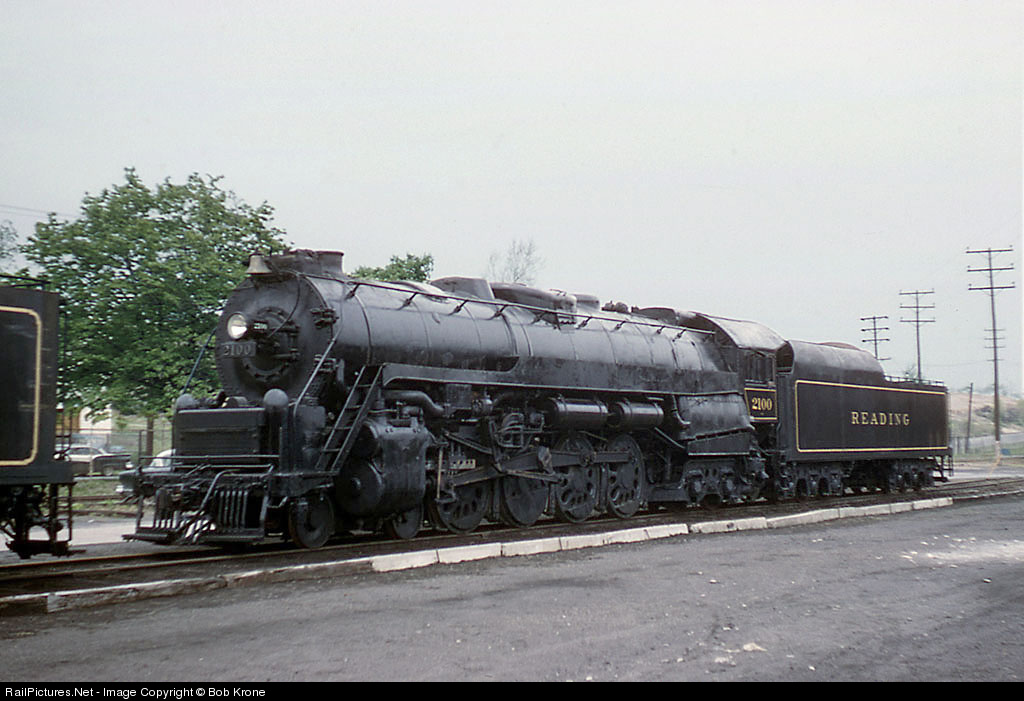Hello Everyone,
First off wanted to say thank you to all of our supporters and donors some of you that are on here support the 2100 project. Because of this we continue to work on the 2100 with an all volunteer crew which meets on Saturdays throughout the year. After reading some of the comments I wanted to address a few of them.
1. The first one being 2100 will never run again or will be long time before it does run. This is not true at all. We continue to work on 2100 at pace that time and money allow us to do. I would say the donations that come in or reoccurring donors we have on the 21.00 a month program allows us to bring either more paid help to move the project along faster or allows us to purchase the materials required to complete a section of the overall project.
All of us do this on a volunteer bases so sometimes we have 10 people to help because everyone schedules line up that Saturday or we have 5 people because not everyone could get the time off to come out. So the project very much ebbs and flows based on dollars and volunteer labor to help out. So the person who made the comment should very much understand this issue.
I'll also say everyone who has been on a steam locomotive restoration or maintenance project understands that you'll find items that a visual inspection may not find or your taking care of items that have been looked over in the name of just run the locomotive. A good example of looking over a item for the sake of running the locomotive was the throttle valves. Our group had to pause to address the very leaky throttle on 2100 and that took several weeks and a machinist and addition $4,000 dollars which was not part of the original plan but you only have one time to do it right. So one part of the plan gets delayed to put resources on the that project to see it to completion.
2. As far as the paint scheme 2100 will be painted in? We have decided that already but that is off in the distance and our concern is getting the locomotive mechanical completed first before applying the paint.
3. We are working on fundraising right now to get the next part of the boiler done which will includes the needed plumbing, rest of the work to do the hydro and to replace all of the flexible steam hose with correct steam rated black piping and many more smaller copper pipe runs needed for the stoker installation. Estimated cost is between 5K to 10K to get this section completed.
We are working on the locomotive as quickly as possible and sorry it's not a quickly as folks would like to see but I encourage you to come out and volunteer labor hours or become a donor to the 21.00 program to help purchase the items we need to complete the project. We have FRA boiler time left on this locomotive and it would be a shame not to get some of these mechanical issues fixed sooner then later so we can all enjoy seeing a Reading T1 #2100 run again which our goal we would like to see is fall of 2017.
I would ask if have question or concerns or comments you can write us at contact@americansteamrailroad.org We are more then happy to answer folks questions instead of speculation about what is going on.
Please also consider making a tax deductible donation before the end of the year at https://www.fireup2100.org/donate
Best Regards,
Steven M Harvey
President
American Steam Railroad





























